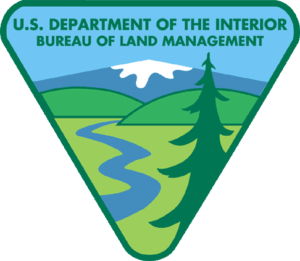Oregon Natural Desert Association represents the interests of our members and supporters to land management agencies, such as the Bureau of Land Management (BLM), U.S. Fish and Wildlife Service and U.S. Forest Service when decisions are being made about how to manage public lands.
Public lands belong to all Americans, and our land managers must consider all of the feedback they receive during public comment periods. As public land supporters and conservationists, it is our responsibility to ensure that management conserves fish and wildlife, wildlands, watersheds and recreational opportunities.
Representing you, and keeping you informed and engaged in planning
Guided by our extensive on-the-ground knowledge, ONDA provides agencies with science-based data and decades of expertise in management planning. We also alert our members and the public when individuals have opportunities to weigh in on agency plans.
The plans these agencies develop guide their management decision-making over millions of acres of public lands over the course of 20 years or more, so it’s critical that we all actively participate in the process.
Here’s a closer look at several BLM planning processes in Oregon’s high desert:
Resource Management Plans
The Bureau of Land Management (BLM) uses resource management plans (RMPs) to provide the framework for what land uses can occur and where within a given planning area.
RMPs provide a broad overview for land management, guiding how public lands will be managed over decades. These plans do not dictate specific decisions, such as where trails will be constructed or where fences are needed, but, instead, present an overall framework for management and conservation of public lands and resources.
Environmental Assessments
BLM uses environmental assessments (EAs) to analyze whether the potential impacts of a proposed project will significantly affect the environment. EAs are supposed to consider projects of smaller in scale that may present localized impacts, such as developing or improving recreation opportunities (trails and campsites) or conducting habitat restoration.
EAs result in either a Finding of No Significant Impact (FONSI), which then authorizes agency to proceed with the proposed activity, or determines that project impacts may be “significant, requiring the agency to further analyze the project in an environmental impact statement.
Environmental Impact Statements
BLM uses environmental impact statements (EISs) to analyze the impacts of larger proposed projects on specific landscapes or across an entire management area where project implementation may significantly affect the environment. EISs are larger in scope and scale and may address landscape management prescriptions, such as juniper maintenance or invasive species treatments, or potential impacts from a specific project, such as a mine, on numerous other public values and resources.


